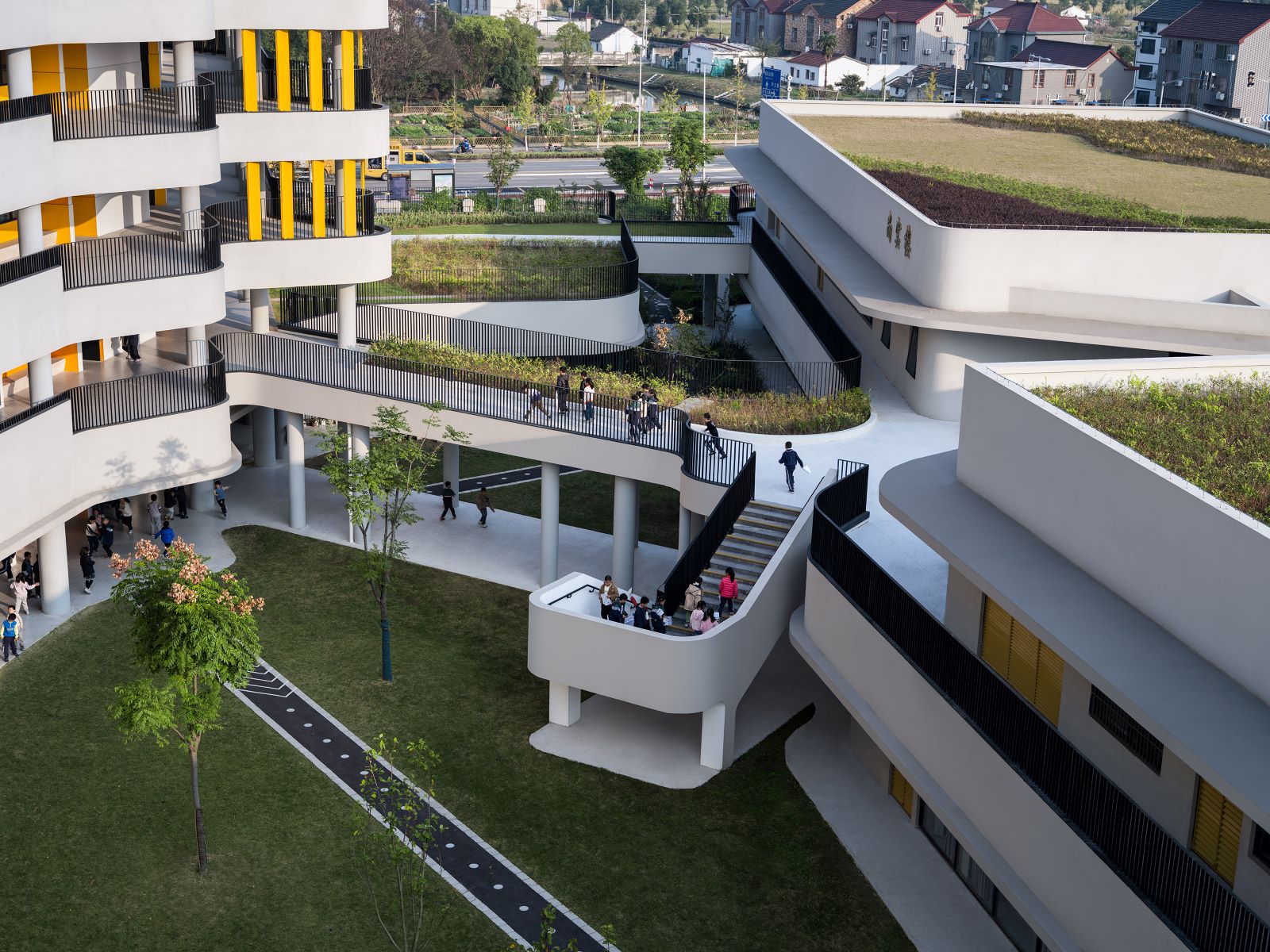During my childhood, one of the most cherished memories I hold dear is the time I spent visiting my grandpa’s workplace, the Kohinoor Textile Mill, where he used to work as a Mill Worker and which was conveniently located near our Baithi Chawl (a tenement home); Our visits to the mill were typically in the evening to give him a tiffin for dinner, accompanied by my grandma. The moment is etched in my memory as a testament to the passage of time and the impact of the development on our neighbourhood.
My grandpa used to narrate stories of the mill’s history, its significance to our family, and the challenges encountered by the workers over the years. Although the mill may have transformed over the years, its legacy lives on in the stories and memories it has left behind, reminding me of the ever-changing landscape of life. I still remember how we eagerly used to look forward to Independence Day and Republic Day because our grandpa, being the mill worker, used to bring biscuits and sweets from there.
The mills of Girangaon (Mill-Village) contributed significantly to the prosperity and growth of Mumbai during the later 19th century and to the transformation of Mumbai into a major industrial metropolis. The rapid growth in mills was sustained by a large migration of mainly Marathi-speaking workers into the city who lived in a settlement of Chawl communities, which eventually became tenements, with full families crammed into single rooms (GNU, 1997). They fostered a unique culture that shaped Mumbai at the turn of the twentieth century. This textile industry flourished until the early 1980s, but in 1982 things changed, after which most of the mills were shut down due to protests by workers for better wages and the emergence of new industries (Needle & Quest).
The Kohinoor Textile Mill, in my child’s eyes, was an impressive structure. Its grey basalt exterior and Mangalore tiled gable end roofs were an integral part of our neighbourhood’s landscape (Tiru, A). The large old trees, the population of several species in the same habitat, and the entire ecosystem used to add value to the urban environment.
Upbringing in the Girangaon was an adventure in itself. Our Chawl (where redevelopment of a 7-storied building done for Chawl residents on the same land) on one side was surrounded by the green backdrop of old trees which was inside the mill campus. We used to climb up from the buildings’ compound wall to pluck the mangoes and coconuts in summer and run before the watchman came. Even today, I still get the same view from my window, but the backdrop rhythm of the machines grew silent and the towering smokestacks disappeared. It was a poignant reminder of the relentless march of progress and its impact on our community’s heritage.
Textile mills once celebrated as part of Mumbai’s heritage, have fallen into a matter of disgrace. The huge abandoned territory in the city’s centres gradually attracted builders, and within a few years, the built-up area began to gentrify from the land of mills to the new era of the modern development of malls and high-rise buildings. This pressure began to mount on making the city inhabitable through the shifting of industries to the outskirts (Chatterjee, D.).
Even today, when I walk by the same road, I see how things have transformed. I see this 46-storied high-rise residency which doesn’t give me a sense of belonging. Here, it is important to understand the process of the City’s development, and then how we can make changes which is answerable. I believe, all the City’s identities can be preserved by making an implementable action plan for public use and earning money through tourism by keeping in mind the history. All these developments that are coming a gated are completely highly consumptive because it is people like us who want all the rage things at that place and that’s how the identity crisis happens!
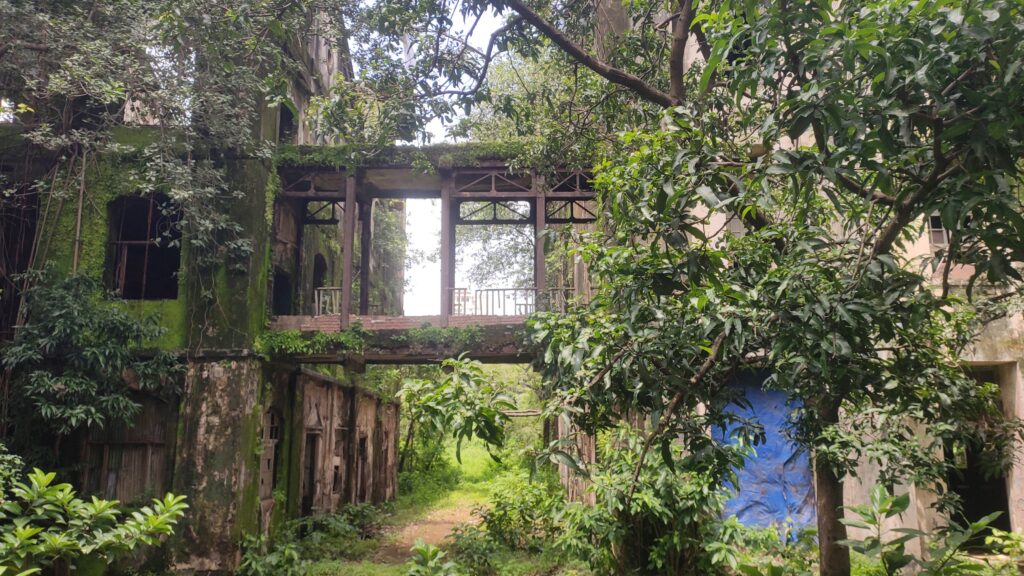
(Photo Source: Author, September 10, 2023)
Privatization brought in high inequalities in the city.But the question is, are we in control of this process? In Privatization with Capitalism, there is no reverse and which is only about growth. Capitalism’s fundamental way is to operate things to generate more and more of what is called a Surplus value, and it only goes in the linear direction! And therefore the focus is on building the cities. Today the outcome of privatization is linked to creating a socially destructive environment, and it will happen till the people start the new movement. We don’t see its alternative, also we cannot go back to socialism again! Now, the question responding to that is what is the space of hope that we have? (Author)
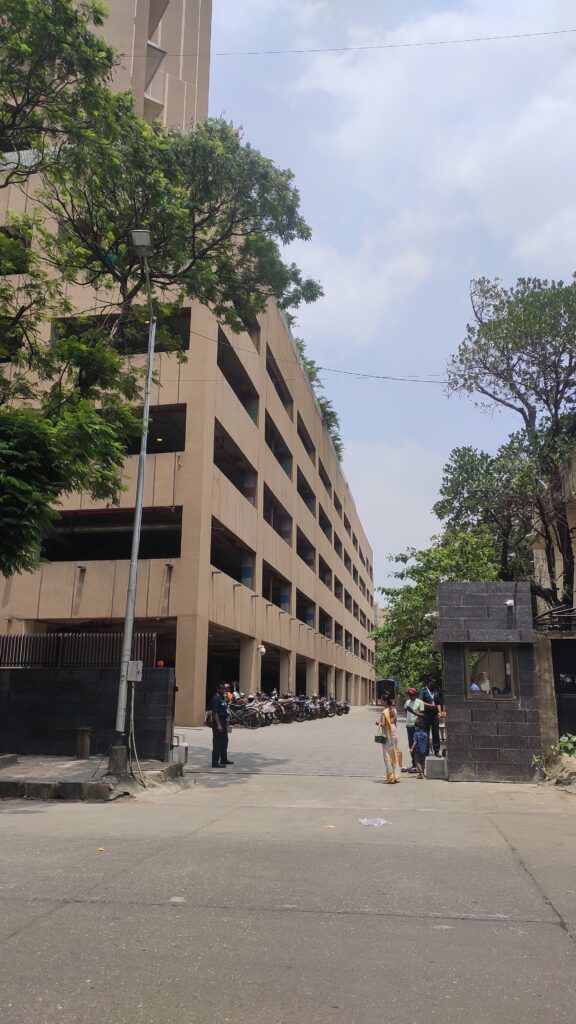
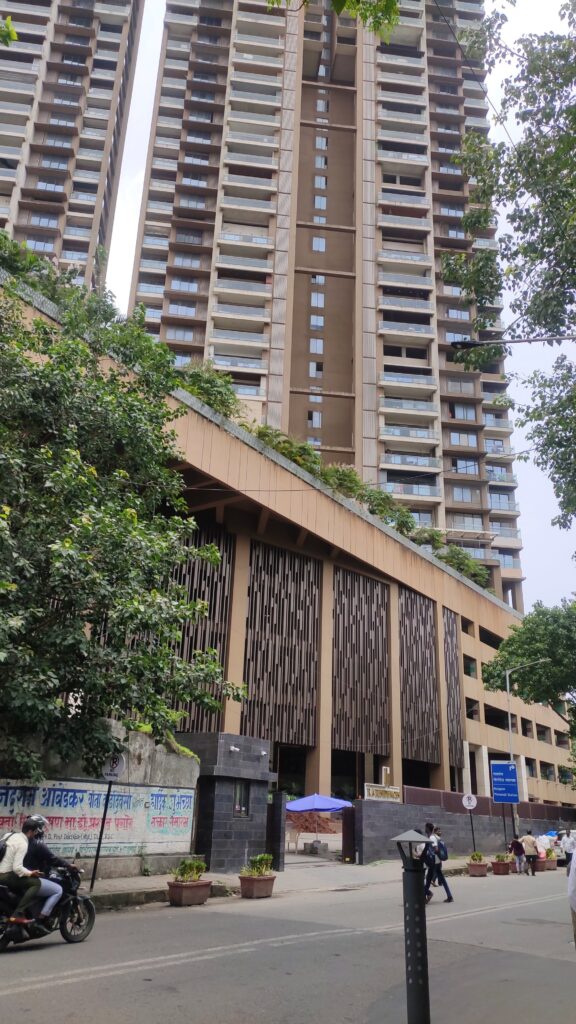
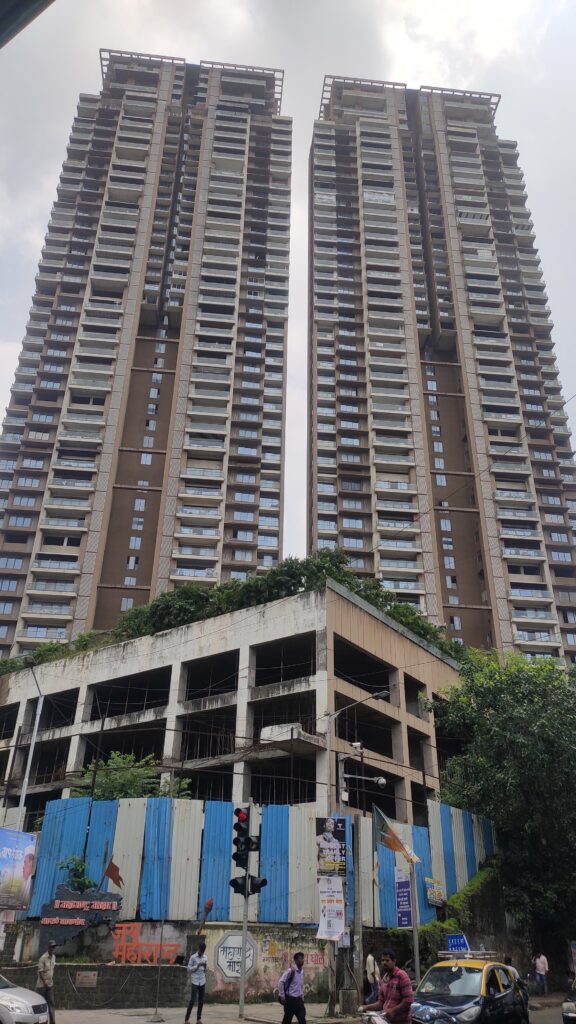
(Photo Source: Author, September 8, 2023)
The Narration of the workers and unions was not strong at that time, things shifted because the narrative of privatization was very strong and that’s how the future is different. There was a time when the narrative of unions and workers was very strong and they had fought for their rights. But in the end, it got settled because of the national unionization and national economy, where technology couldn’t be brought in because workers did not allow technology to get in because they were demanding high salaries, which is the criticism of unionization! (Author)
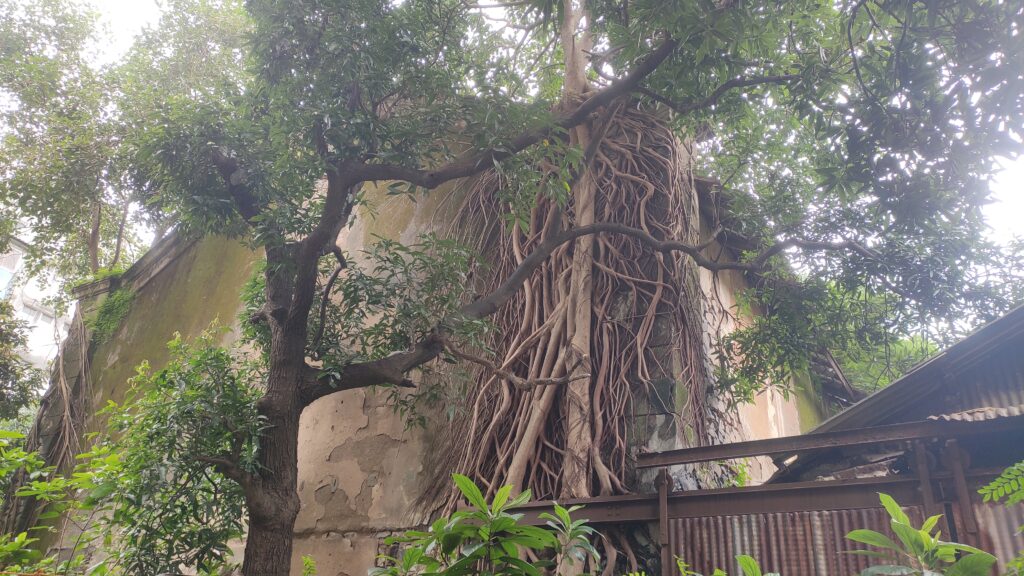
In the end, life will find a way, even if the problem is unsolved. Till then, let’s wait for a strong narrative!
REFERENCES
- GNU free document license. (1997). The Cotton Mills, Mumbai Pages.
- Tiru, A. (2018). The story of Bombay Mills – Then and Now. https://indianfolk.com/
- Chatterjee, D. (2013). Gentrification in the mill land areas of Mumbai City: A case study. Research Conference, Berlin (Germany). Published by the Department of Humanities and Social Science Indian Institute of Technology Bombay, Powai, Mumbai
- Needle & Quest LLP Newsletter. Tale of the Iconic Textile Mills of Bombay.
https://www.needleandquest.com/diaries/tale-of-the-iconic-textile-mills-of-bombay.html - Tiwari, P., Kashyap, A., Tewary, S. (2006). Impact of Mumbai (India) Textile Mill Land Development on Land Use and Real Estate Markets. Published by the Lincoln Institute of land Policy.
- Parikh, A., (2013). Neoliberal Islands: Gated spaces, Permeable boundaries and urban hygiene in Mumbai, 1990-2013. Master of Architecture Thesis, Submitted to the Pennsylvania state university the graduate school department of architecture.
- Nallathiga, R., (2011) Redevelopment of Industrial Land in Urban Areas: A Case Study of Textile Mill Land Redevelopment in Mumbai. Institute of Town Planners, India Journal 8 – 1, 95 – 106, January – March 2011
Figure 01: Old photo of Kohinoor Mill number 01, Dadar (E) (Photo Source: Lokmat Online, August 20, 2019)
Note: All the images are shared by the author.



